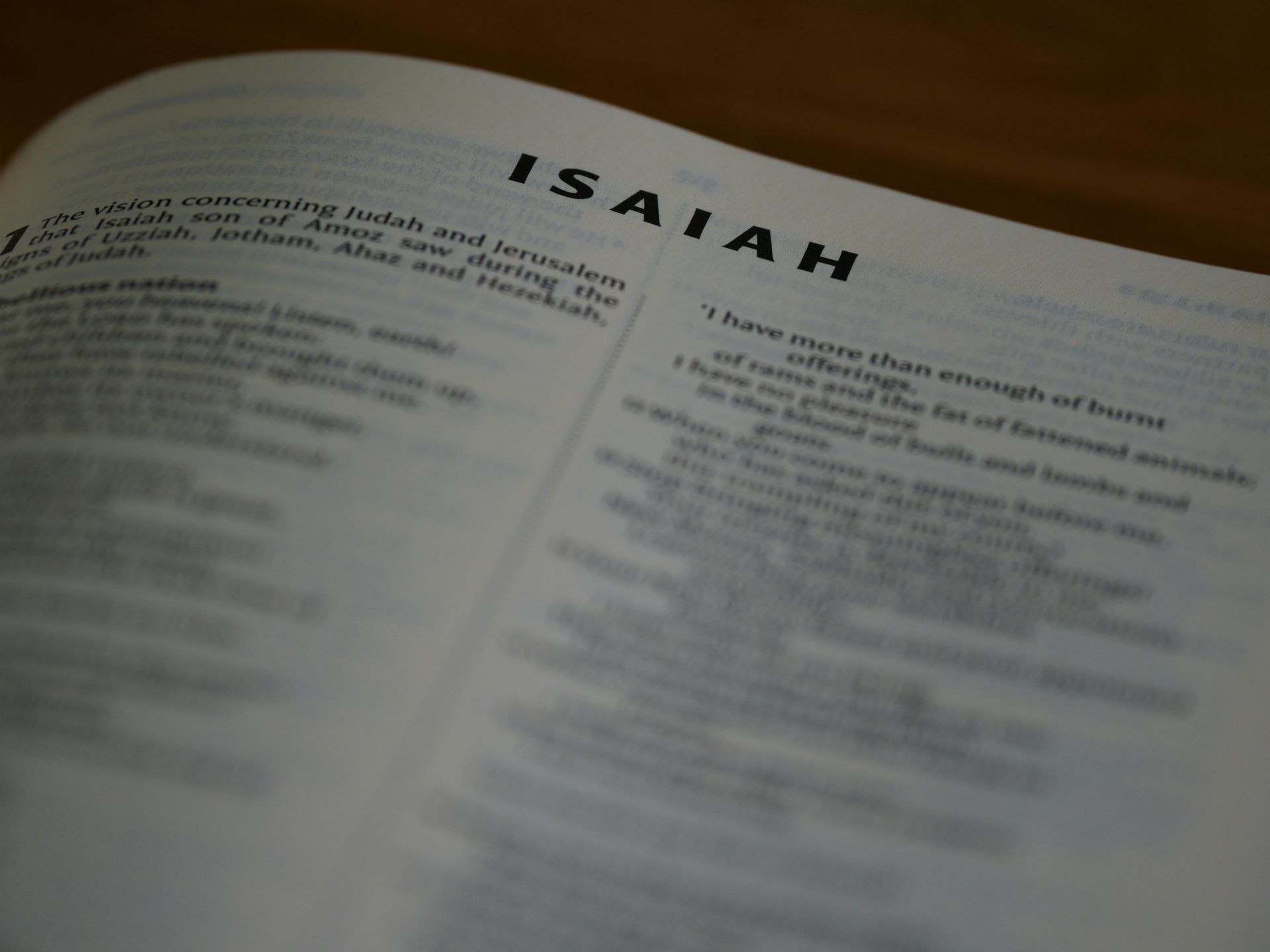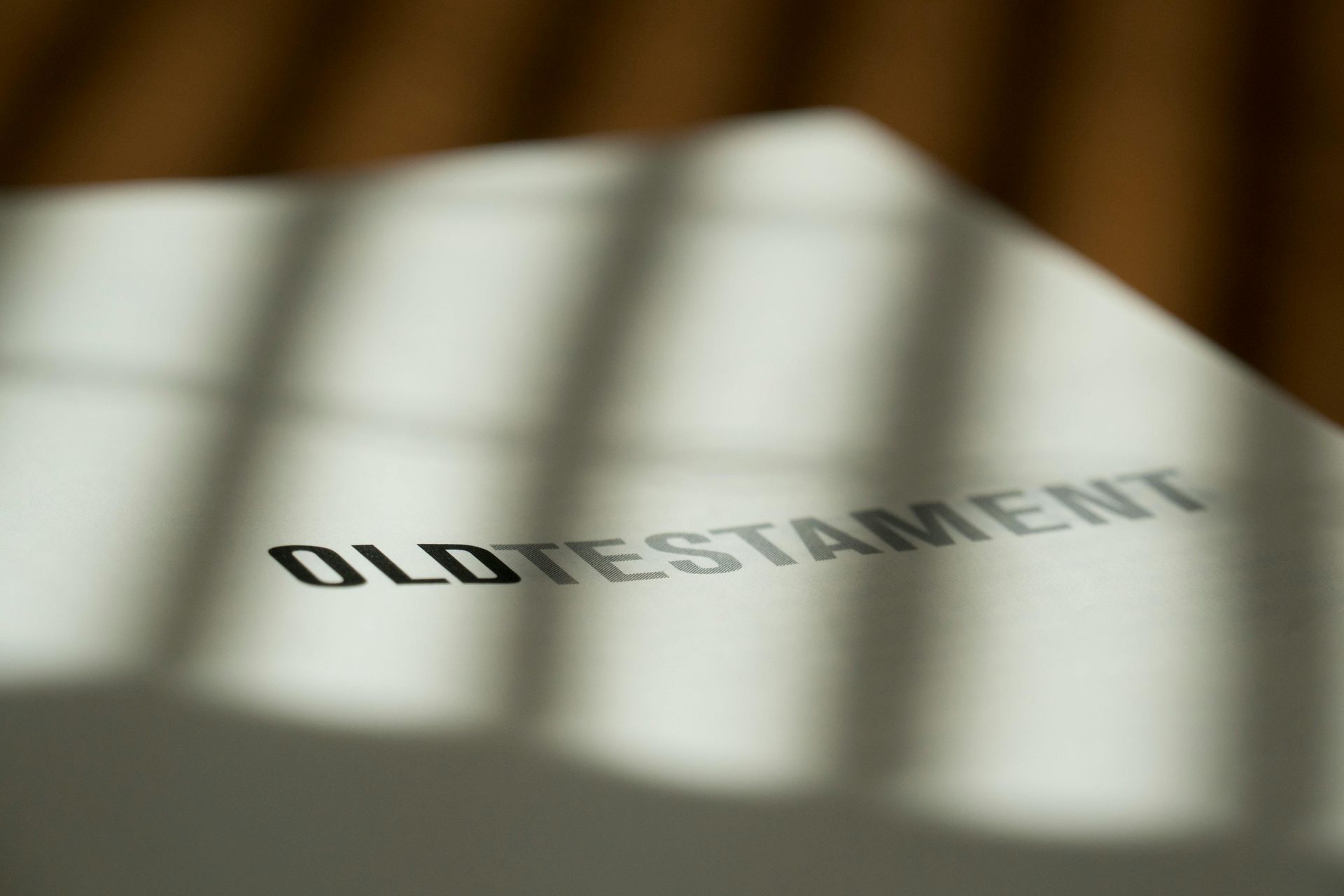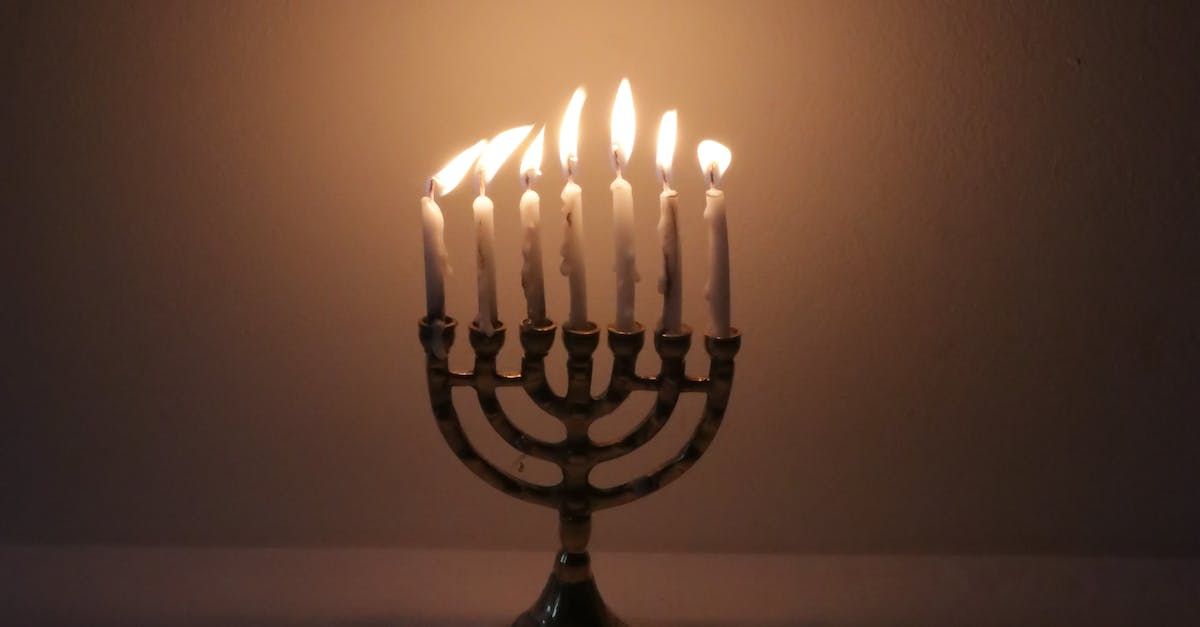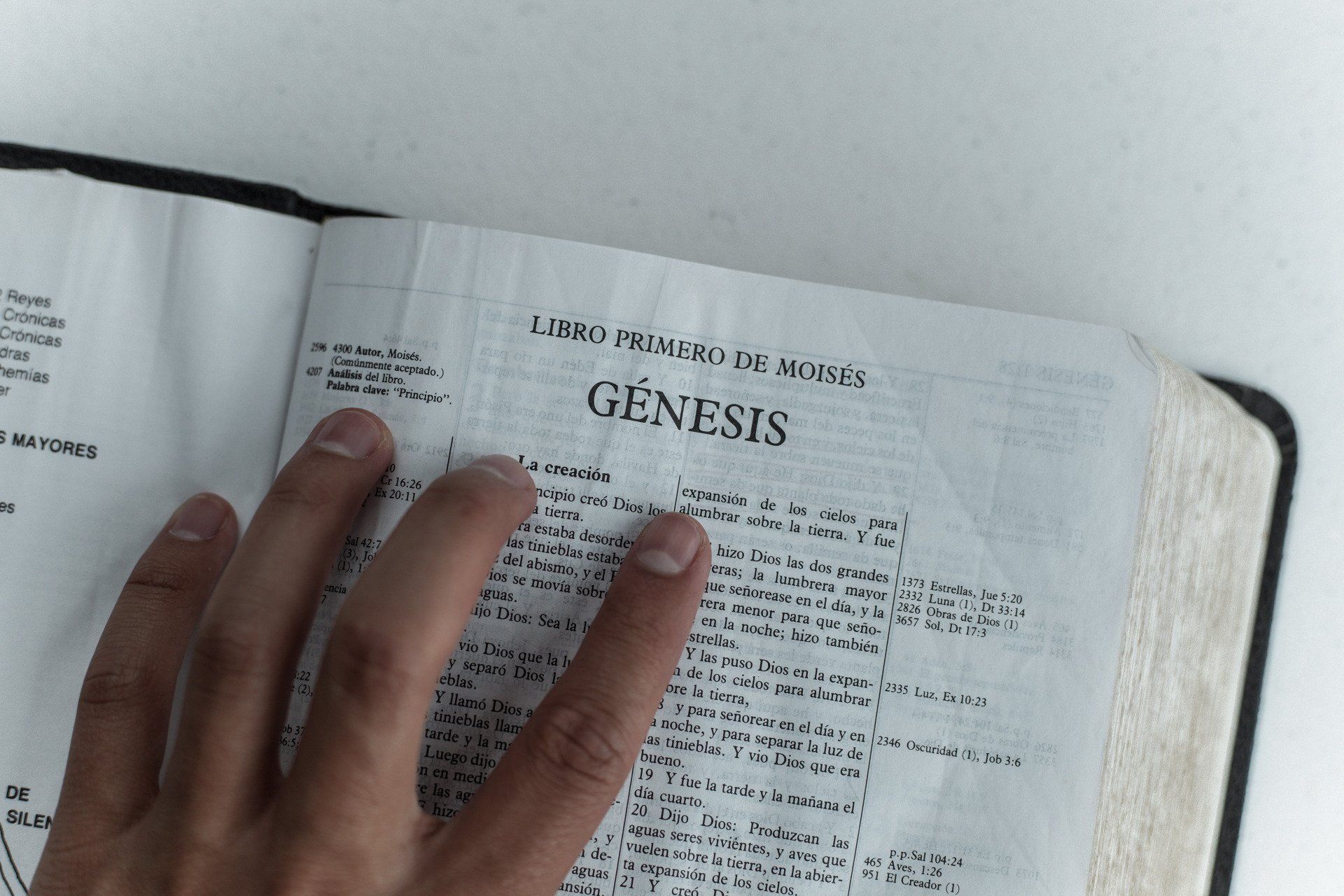Ezra
EZRA
EZRA THE PRIEST LEADS THE RETYRN TO JERUSALEM FROM CAPTIVITY IN BABYLON
The book of Ezra takes place AFTER the Jews returned from their seventy years of captivity in Babylon. He was appointed to take charge of the ecclesiastical and civil affairs of the Jewish nation and later Nehemiah came to rebuild the walls surrounding Jerusalem.
Ezra is called a scribe. A scribe was more than someone who made copies of important documents, both civil for the government and secular for the Temple. Being a scribe meant that he was a scholar, a teacher of the Word of God, a Rabbi or teacher.
Let me digress here and explain how a scribe would make copies of Scripture. They used only clean animal skins to write on, no pig skin, etc. Pigs, if you recall, were ceremonially unclean.
Each column of writing could have no less than forty-eight, and no more than sixty lines.
The ink must be black and made of a special recipe.
They must say each word aloud as they are writing it. I imagine this helped them to stay focused.
There must be a review within thirty days and if as many as three pages required corrections, the entire manuscript was to be redone. This reminds me of the times when a teacher would read a few pages or paragraphs of something I had written and grew disgusted with is and gave it back to me, unread. If there were errors in in three pages, the whole document was considered useless.
The letters, words and paragraphs had to be counted. The middle paragraph, word and letter must correspond to those of the original document.
The documents were stored in a sacred place (temple or synagogue).
No document containing God’s Word could be destroyed; they were stored or buried in a genizah (Hebrew for “storage”).
Did all of these procedures in making copies help ensure their accuracy? Until 1948 the oldest manuscripts of the Hebrew Bible dated back to 895 A.D. when a young boy came across some scrolls inside a cave west of the Dead Sea. Known as the Dead Sea Scrolls, these manuscripts dated back to 900 years earlier, to 100B.C. What did the scholars find when they compared the two copies? The copies were accurate and consistent in their translations. This gives up confidence that what we have today is what was given years ago.
Now, let’s go back to the term genizah or place of storage for the Scriptures. In 1896, at the Ezra Synagogue in Cairo Egypt, they found the greatest Jewish treasures ever, documents from the medieval Middle East. This discovery was likened to 20th century discovery of the Dead Sea Scrolls. I imagine that there are Jewish groups today who still store copies of documents until they can be properly destroyed. Perhaps it is similar to when we in America have a worn our American flag. We are not to simply toss it into the trash. It has to be burnt in a respectful way. Usually Boy Scout units and American Legion posts will properly dispose of your worn flag.
Let’s get into the content of the Book of Ezra.
Ezra 1:1-2 "The Lord moved the heart of Cyrus king of Persia to make a proclamation throughout his realm and to put it in writing . . . he has appointed me to build a temple for him at Jerusalem in Judah." This king is referred to as God’s anointed and the Lord’s shepherd.
Was King Cyrus of Persia a Jew? No, but God can use the non-believer to do his will. God led the Kings of Persia to tell Ezra and Nehemiah, "OK guys, you can go back home. And by the way, take all of this stuff that was taken from your temple years ago. Have a nice trip." Well, that isn't a direct quote, but you get the point.
Ezra 1:5 says that "everyone whose heart God had moved-prepared to go up and build the house of the Lord in Jerusalem." Notice that not everyone left Persia. If you recall, Jeremiah told the Israelites to get settled in to their new homes because they were going to be in captivity for seventy years. Well, by the time of Ezra some didn't want to return to Jerusalem. The city was a mess and many of these people may have grown old, had health problems, etc. and couldn't see themselves giving up what they had for the hardships that awaited them in Jerusalem. But even those who couldn't return at least helped those who did. In verse 6 it says, "All their neighbors assisted them with articles of silver and gold, with goods and livestock and with valuable gifts, in addition to all the freewill offerings." It reminds me of when Mom and Dad send their kids off to college with a car full of stuff.
In Ezra 3:3 you will notice that the people continued to work, in spite of the fact that they were scared, fearful of the enemy. They were in a city that was much rubble and they had yet to build a wall around it to protect them from their enemies.
Ezra 3:11 us a key verse. “With praise and thanksgiving they sang to the Lord: ‘He is good; his love to Israel endures forever.’ And all the people gave a great shout of praise to the Lord, because the foundation of the house of the Lord was laid.” They also observed of the Feast of Tabernacles.
Ezra 4 finds enemies trying to hinder the rebuilding of the temple. Notice in verse 2 it says, "They came to Zerubbabel and to the heads of the families and said, "Let us help you build." This was a trick. They weren't interested in helping the Jews. In verse 4 they set out to discourage the people and to make them afraid to go on building. They even sent a letter to the king of Persia saying, "Look, if these Jews rebuild, they will rebel against you, not pay taxes and become a great big pain in your neck." So, construction stopped. Later, the new king of Persia, Darius found the original letter authorizing the Jews to return and build the temple and he sent a letter that said, "Let the temple be rebuilt . . . do not interfere with the work on this temple of God" (Ezra 6:3, 7). So the temple is completed and the Passover is celebrated.
Wouldn't it be great when you come up against opposition to your ministry that you could pull out a letter from the President that says, "TO WHOM IT MAY CONCERN: DON'T GET IN THIS PERSON'S WAY!"
Ezra 7:6, 10 Ezra was “a teacher well versed in the Law of Moses” . . . v 10 “For Ezra had devoted himself to the study and observance of the Law of the Lord, and to teaching its decrees and laws in Israel." Here we see that Ezra was a scholar/teacher.
In Ezra 7:13 you will see that the people of God were referred to as “the Israelites.” If you recall, the nation of Israel split into two nations, Israel in the north and Judah in the south. Israel went into captivity to Assyria in 721 B.C. Judah was invaded by Babylon in 581 B.C. Now, those who returned from Babylon are called Israelites. Is this confusing? Well, when the Israelites were taken to Assyria (II Kings 17:6), not everyone was taken. Many of the Israelites headed south to Judah (II Chron. 34:6-9). Others remained in Israel. The reason I’m bringing this up is because the cult that I was a member of, the Worldwide Church of God, founded by Herbert W. Armstrong, taught that the ten tribes of Israel were ended up migrating to Europe and that the tribes of Manasseh and Ephraim are modern day U.S. and Britain. This is entirely bogus. The tribes were never “lost” in the first place. The book of James is written to the “twelve tribes.” The book of Acts uses the term Judea and Israel interchangeably. And here in Ezra those who returned from Babylonian captivity are called Israelites.
Chapter 10
In chapters nine and ten we find the problem of intermarriage. Why did the men intermarry with non-Israelites? Perhaps it was because there were so few women who returned with the men. This reminds me of the problem the Chinese government created for their people. If you recall, there was a time when couples were allowed to have only one child. Since most couples wanted sons, the baby girls were aborted or allowed to die after birth. Now, a few decades later, we find young men with no women to marry. What did Ezra have the Israelites do with these foreign women? Women were kicked out, with their children. Mothers were given custody of the kids. If you recall, when Hagar was sent away from Sarah and Abraham she had custody of Abraham’s son, Ishmael. Verse 11 “foreign wives” might be pagan wives, implying not only a different nationality, but adherence to a different religion. About 100 couples were involved in this intermarriage, less than half a percentage, mostly laity.
We had to address a similar issue in Tanzania. Some of the pastors in our Pastor Training Program have had Muslims converting to Christianity. The problem was that some of the men already had several wives. What would you advise the pastors in such a situation? The people live in horrible poverty. To discard family members might mean death for some. My advice was to have the men choose one woman to be his real wife, but to continue to care for the others and the children, treating the women as sisters.
Our next book deals with a contemporary of Ezra, a man named Nehemiah.
Recent Articles
Share this:
Start Here...
Why Study the Bible?
Don’t many consider the Bible to be just a book of myths? Why do we read the Bible rather than the sacred literature of other religions?
How do we know that it is from God? How do we know that what we have today is an accurate translation from the original? Is the Bible complete or have there been some books that have been lost?
We should be able to answer these questions, and there are answers! So start here!
Answers to Common Bible Questions



Questions?
Send us your questions or comments. We respond to every message.
About us
Encouraging Everyone to Study the Word of God and do the Work of God.
Useful Links
Contact info
Join our family
Contact Us
We will get back to you as soon as possible
Please try again later
The Berean Bible Ministry
This web site is dedicated to the study of the Bible, with no advertising and no popups. It is supported by our Bible study group.





